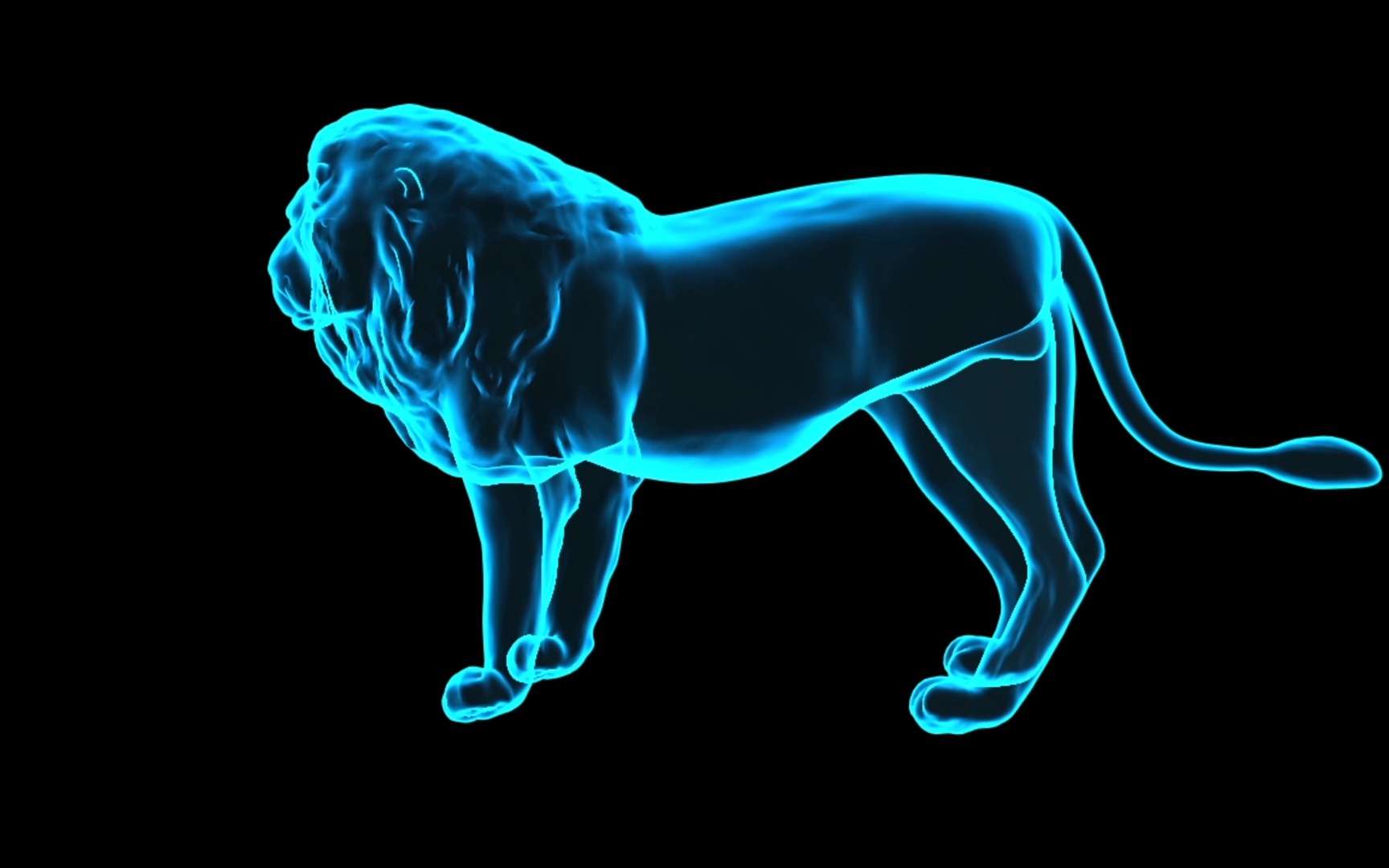Researchers in Sussex have developed a device that displays animated 3D objects that can talk and interact with viewers. Better yet, it is possible to touch it and hear it through the use of a polystyrene ball.
A team of researchers from the University of Sussex has just created the first tactile hologram they unveiled in an article published in Nature. One of the main obstacles to 3D display systems has been to find a physical element on which to project the light to create the image. Some systems use smoke, but researchers have innovated using a simple ball of polystyrene.
The system operates with two plates located below and above the display, containing loudspeaker grids that emit ultrasound. These create an air pocket that traps the polystyrene ball which is then levitating. By manipulating the ultrasound, the researchers managed to move the ball at high speed.

Ultrasound to create tactile and audio feedback
Moving at a speed of up to 8.75 meters per second, or about 32 km / h, a single ball of 2 mm diameter draws the shape of the object to be displayed in the air fast enough that the human brain perceives only a continuous object. It is then lit by colored LEDs to produce the final image.
In addition, the researchers managed to produce sounds by vibrating the polystyrene ball. By avoiding the use of integrated speakers at the base of the system, the sound comes directly from the object and increases the effect of realism. The device also uses ultrasound to create tactile effects by stimulating the skin, giving the impression of being able to touch the objects. Researchers say they could handle multiple beads simultaneously and are considering using it for 3D printing or medicine to handle tiny droplets without touching them.